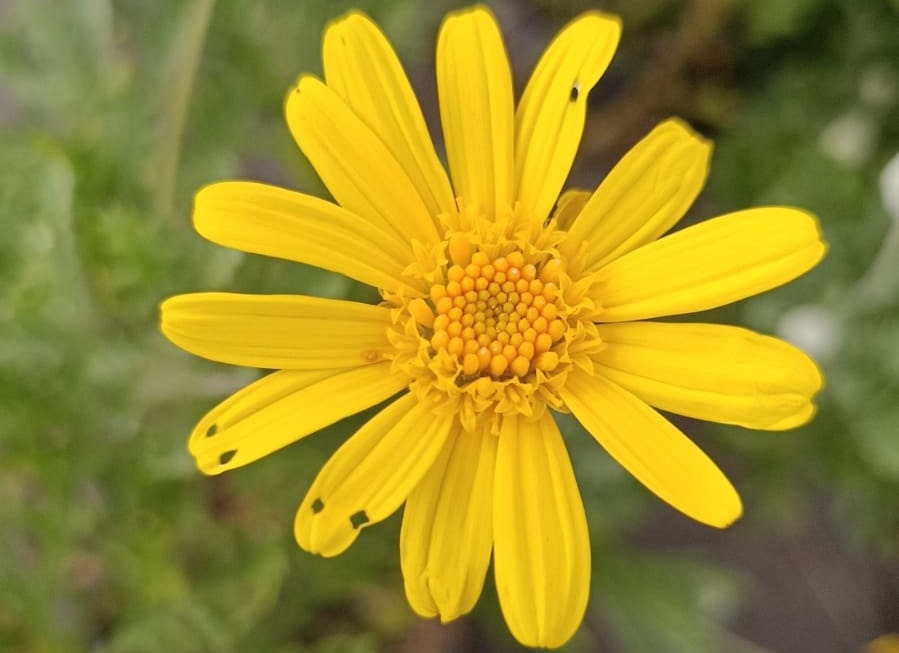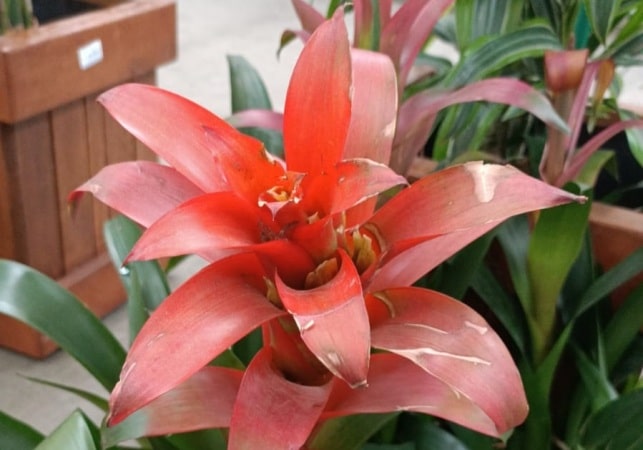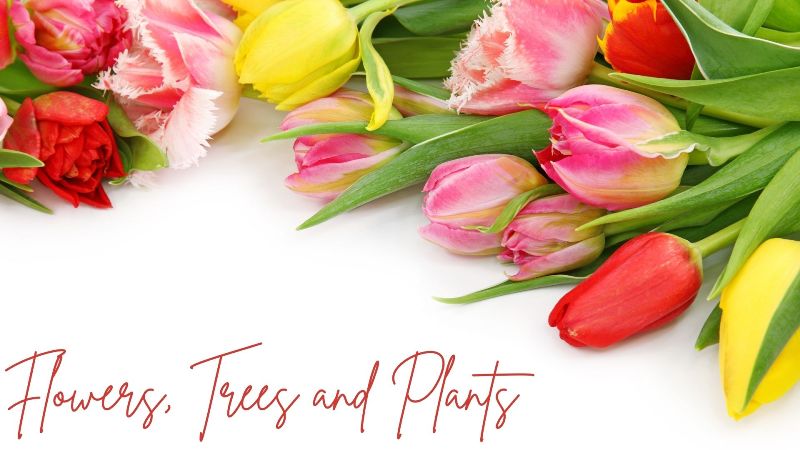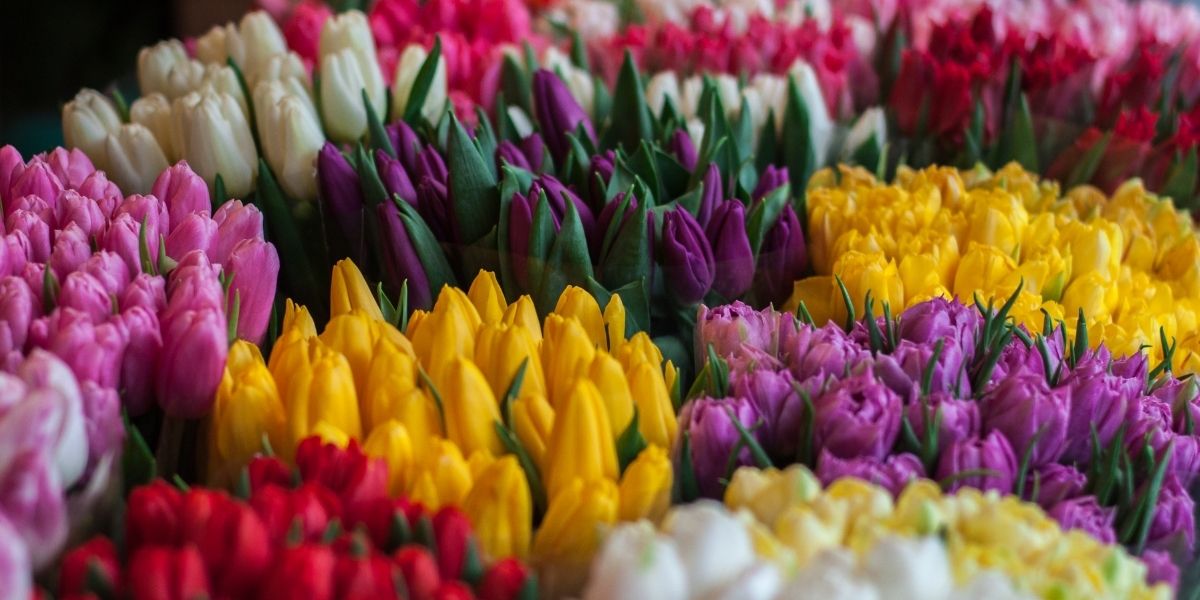Flora and fauna studies should be carried out during the planning of the selected area and region in the construction of a good garden. It is important to determine the flowers, trees and shrubs that can grow in the area. Garden construction and landscaping have gained importance in recent years. What types of flowers are in gardens? What type of plants are in a garden? What is the easiest flower plant to grow? Garden Flowers; It adds color and vitality to the garden, removes the monotony, creates a surface effect and It allows the places that are not liked to be closed in a short time. Brief information about North American plants; North American plants encompass a diverse range of flora, reflecting the continent’s varied climates and ecosystems. Here is a brief overview of some notable North American plants:

Eastern White Pine (Pinus strobus): A tall evergreen tree found in the eastern United States and Canada. Has soft, flexible needles and produces large cones. Valued for its timber and historical importance. Saguaro Cactus (Carnegiea gigantea): Native to the Sonoran Desert in the southwestern United States and Mexico. Recognizable for its tall, ribbed, and branching structure. Provides habitat and sustenance for various desert wildlife. Bluebonnet (Lupinus spp.): The Texas Bluebonnet (Lupinus texensis) is the state flower of Texas. Known for its blue, lupine-shaped flowers. Blooms in the spring and is a symbol of Texas’ natural beauty. California Redwood (Sequoia sempervirens): Tallest trees in the world, found in the coastal regions of California and Oregon. Known for their massive size and longevity. Conservation efforts are ongoing to protect these ancient giants. Sunflower (Helianthus spp.): The common sunflower (Helianthus annuus) is native to North America. Characterized by large, yellow flower heads. Cultivated for its seeds and oil, which have culinary and industrial uses. Maple Trees (Acer spp.): Several species of maple trees are native to North America. Known for their distinctive lobed leaves and vibrant fall foliage. Sugar maple (Acer saccharum) is famous for its sap, used to make maple syrup.
Bald Cypress (Taxodium distichum): Native to the southeastern United States and Gulf Coast. Coniferous tree with distinctive “knees” that protrude from the water in swampy areas. Valued for its rot-resistant wood. Wild Blueberry (Vaccinium angustifolium): Found in the northeastern United States and eastern Canada. Produces small, flavorful berries. A popular ingredient in pies, jams, and other culinary creations. Prairie Grasses (Various species): The North American prairies are home to diverse grass species. Important components of grassland ecosystems, providing habitat and food for wildlife. Poison Ivy (Toxicodendron radicans): Notable for causing skin irritation upon contact. Found throughout North America, including woodlands and along trails. “Leaves of three, let them be” is a common rhyme to help identify and avoid it. These are just a few examples of the many diverse and unique plant species that can be found across North America, spanning a wide range of ecosystems, from deserts and forests to grasslands and wetlands.
Brief information about flowers
What Kinds of Plants Grow in the North American Region? How many types of plants are in North America? What type of vegetation is found in North America? What plants grow in the Northern Territory? What food plants are native to North America? What type of vegetation grows in northeast America? On this website you will find information about plants of North American countries. Information about each plant will be explained separately and different characteristics of the plants will be examined. Flowers are the reproductive structures of flowering plants, also known as angiosperms. They come in a vast array of shapes, sizes, colors, and fragrances. Flowers play a crucial role in plant reproduction by producing seeds, which eventually lead to the growth of new plants.
Key points about flowers:
- Reproduction: Flowers are the site of sexual reproduction in flowering plants. They contain male reproductive organs (stamens) that produce pollen and female reproductive organs (pistils) that contain the ovary where seeds develop.
- Structure: A typical flower consists of several parts, including petals, sepals, stamens, and pistils. The arrangement and number of these parts can vary between different flower species.
- Pollination: Pollination is the transfer of pollen from the male parts of the flower to the female parts. This can occur through wind, water, or the activities of animals like insects, birds, and bats.
- Fertilization: After pollination, the pollen reaches the ovary of the flower, where fertilization occurs. This results in the formation of seeds within the ovary.
- Variety: Flowers exhibit an incredible diversity of colors, shapes, and scents. This diversity has evolved to attract specific pollinators or adapt to various ecological niches.
- Cultural Significance: Flowers hold cultural and symbolic meanings in different societies. They are often used in ceremonies, celebrations, and rituals, as well as in art, literature, and religious practices.
- Economic Importance: Flowers contribute to the economy through activities like floriculture, where flowers are grown for ornamental purposes, as well as for essential industries like agriculture (fruit and seed production) and beekeeping.
- Medicinal and Aromatic Uses: Many flowers have medicinal properties and are used in traditional and modern medicine. Some flowers are also valued for their aromatic qualities and are used in perfumes, essential oils, and aromatherapy.
- Biodiversity: Flowers are a fundamental component of Earth’s biodiversity, supporting a wide range of ecosystems and providing food and habitat for various species.
Overall, flowers are not only essential for the survival of plants but also have a profound impact on human culture, ecology, and the natural world.

We study all the plants of North American countries. Information about the care, irrigation, pruning and general care of plants is given. The best content about flowers, trees and endemic plants growing in North America will be on our page. Undoubtedly, the most important benefit of forests is that they are a source of oxygen. Plants take carbon dioxide from the air through photosynthesis; gives oxygen to the air. There is 21% oxygen in the air. Forests produce 56% of this amount. In our cities, these rates are lower.
The plants of North American countries encompass a rich diversity of species, adapted to a wide range of ecosystems, from arctic tundras to deserts and lush forests. Here’s a brief overview of the plant life found in some of the North American countries:
- United States:
- The U.S. boasts a vast array of plant species due to its diverse geography. Coastal regions have salt-tolerant plants like beach grasses and sea oats.
- In temperate forests, you’ll find iconic trees like oak, maple, pine, and hickory, along with various wildflowers.
- Deserts in the southwest host cacti, succulents, and sagebrush adapted to arid conditions.
- Wetlands harbor marsh plants like cattails and water lilies.
- Canada:
- Canadian plant life varies significantly by region. Coniferous forests of spruce, fir, and pine dominate in the northern parts.
- Deciduous trees like maple, birch, and poplar dominate the southern regions.
- Alpine plants can be found at higher elevations in the Rocky Mountains and other mountain ranges.
- Coastal regions are home to species like spruce, cedar, and wildflowers.
- Mexico:
- Mexico features diverse plant ecosystems due to its varying climates. Desert regions have species like agave and prickly pear cactus.
- Tropical rainforests in southern Mexico are rich in biodiversity with lush vegetation, including epiphytes and orchids.
- High-altitude regions support unique flora, including pine and fir trees adapted to colder climates.
- Greenland:
- Greenland’s vegetation is limited due to its arctic climate. Mosses, lichens, and low-growing shrubs are the dominant plants.
- Some grasses and flowering plants manage to thrive during the short summer season.
- Caribbean Islands:
- The Caribbean islands are known for their diverse flora. Tropical rainforests are home to various palm species, ferns, and orchids.
- Coastal areas have mangroves, seagrasses, and beach vegetation adapted to sandy and salt-rich environments.
- Central American Countries:
- Central American countries feature dense tropical rainforests with a profusion of plant life, including giant ceiba trees, tropical fruit trees, and bromeliads.
- Bermuda:
- Bermuda’s plant life includes unique species adapted to its isolated environment. Palmetto trees, Bermuda cedar, and various endemic shrubs and flowers are found here.

These are just a few glimpses of the incredible plant diversity found throughout North American countries. Each region offers a unique assortment of plant species adapted to their specific climates and environments.
Information about trees
Here are some short facts about trees:
- Oxygen Producers: Trees absorb carbon dioxide and release oxygen through the process of photosynthesis, making them vital for maintaining breathable air.
- Biodiversity Hotspots: Trees provide habitats for countless species, supporting biodiversity and contributing to ecosystem health.
- Carbon Storage: Trees store carbon, helping mitigate the effects of climate change by reducing greenhouse gases in the atmosphere.
- Longevity: Some trees, like the bristlecone pine, can live for thousands of years, making them among the oldest living organisms on Earth.
- Wood Resource: Trees provide wood, a versatile material used in construction, furniture, paper, and more.
- Medicinal Value: Many trees have medicinal properties and are used in traditional and modern herbal medicine.
- Cultural Significance: Trees hold cultural and spiritual importance in many societies, often symbolizing strength, growth, and connection to nature.
- Erosion Prevention: Tree roots help prevent soil erosion by stabilizing the ground and holding it together.
- Urban Benefits: Urban trees improve air quality, reduce noise pollution, and provide shade and cooling in cities.
- Ecological Services: Trees contribute to water regulation, soil fertility, and nutrient cycling in ecosystems.
- Wildlife Support: Trees offer food and shelter for various animals, birds, insects, and fungi.
- Education and Research: Studying trees helps us understand ecological processes, climate history, and environmental changes.
- Cultural Uses: Trees are used in art, literature, folklore, and religious practices across cultures.
- Deforestation Threat: Deforestation poses a significant risk to ecosystems, biodiversity, and climate stability.
- Planting Initiatives: Reforestation and afforestation projects aim to restore tree cover and combat deforestation.
Overall, trees play an integral role in the health of our planet, ecosystems, and human societies.
